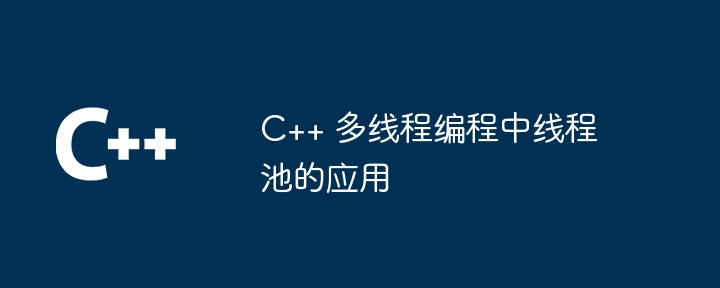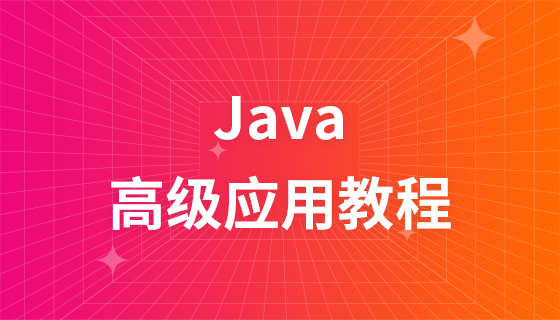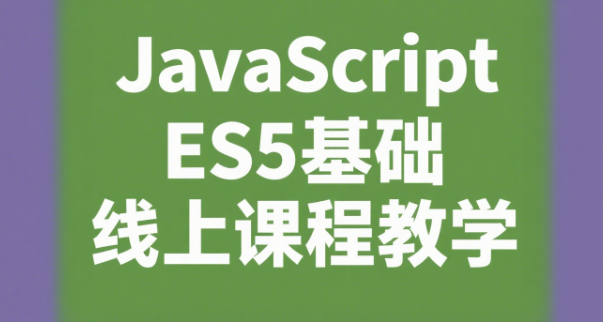c++++ 多线程编程中使用线程池的好处包括:1)减少线程创建次数;2)负载均衡;3)避免资源争用。例如,通过使用线程池将图像转换任务分配给线程池,可以提高文件转换应用程序的转换速度。

在现代 C++ 应用程序中,多线程编程是提高性能和并行执行任务的关键技术。线程池是一种管理和复用线程的机制,可以在多线程编程中提供显着的效率优势。
使用线程池的主要好处包括:
C++ 中有许多可用的线程池库,例如 std::thread_pool 和 Boost.Thread。以下是一个使用 std::thread_pool 创建和使用线程池的示例:
立即学习“C++免费学习笔记(深入)”;
#include <iostream>
#include <future>
#include <thread>
// 使用非标准库的线程池版本
using namespace std::experimental;
int main() {
// 创建一个拥有 4 个线程的线程池
thread_pool pool(4);
// 提交任务到线程池
std::vector<std::future<int>> futures;
for (int i = 0; i < 10; i++) {
futures.push_back(pool.submit([i] {
return i * i;
}));
}
// 等待所有任务完成并收集结果
int result = 0;
for (auto& future : futures) {
result += future.get();
}
std::cout << "最终结果:" << result << std::endl;
return 0;
}考虑一个需要处理大量图像的文件转换应用程序。使用线程池,可以将图像转换任务分配给线程池,从而提高转换速度。
#include <iostream>
#include <thread>
#include <future>
#include <vector>
#include <algorithm>
using namespace std;
// 定义图像转换函数
void convertImage(const string& inputFile, const string& outputFile) {
// 在此处添加图像转换逻辑
std::cout << "Converting image: " << inputFile << std::endl;
}
int main() {
// 创建线程池(使用非标准库版本)
thread_pool pool(thread::hardware_concurrency());
// 获取需要转换的图像列表
vector<string> imageFiles = {"image1.jpg", "image2.png", "image3.bmp"};
// 提交图像转换任务到线程池
vector<future<void>> futures;
for (const string& imageFile : imageFiles) {
string outputFile = imageFile + ".converted";
futures.push_back(pool.submit(convertImage, imageFile, outputFile));
}
// 等待所有任务完成
for (auto& future : futures) {
future.get();
}
std::cout << "图像转换已完成!" << std::endl;
return 0;
}线程池在 C++ 多线程编程中是一个强大的工具,它可以提高性能、简化代码并防止资源争用。通过理解线程池的基本原理并将其应用于实际问题,您可以充分利用多核处理器的优势,开发高效且可伸缩的应用程序。
以上就是C++ 多线程编程中线程池的应用的详细内容,更多请关注php中文网其它相关文章!

每个人都需要一台速度更快、更稳定的 PC。随着时间的推移,垃圾文件、旧注册表数据和不必要的后台进程会占用资源并降低性能。幸运的是,许多工具可以让 Windows 保持平稳运行。




Copyright 2014-2025 https://www.php.cn/ All Rights Reserved | php.cn | 湘ICP备2023035733号